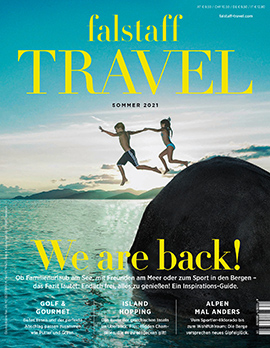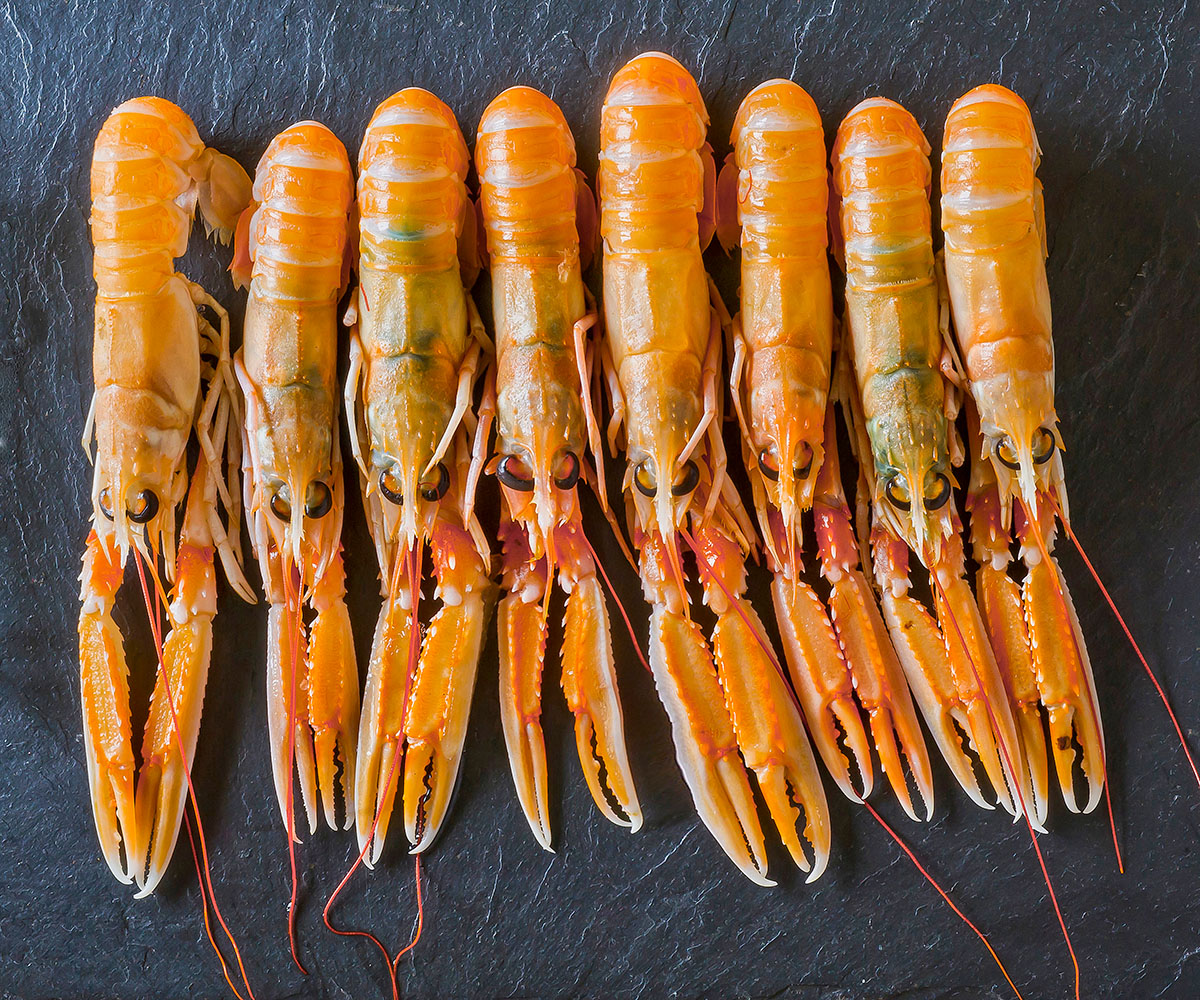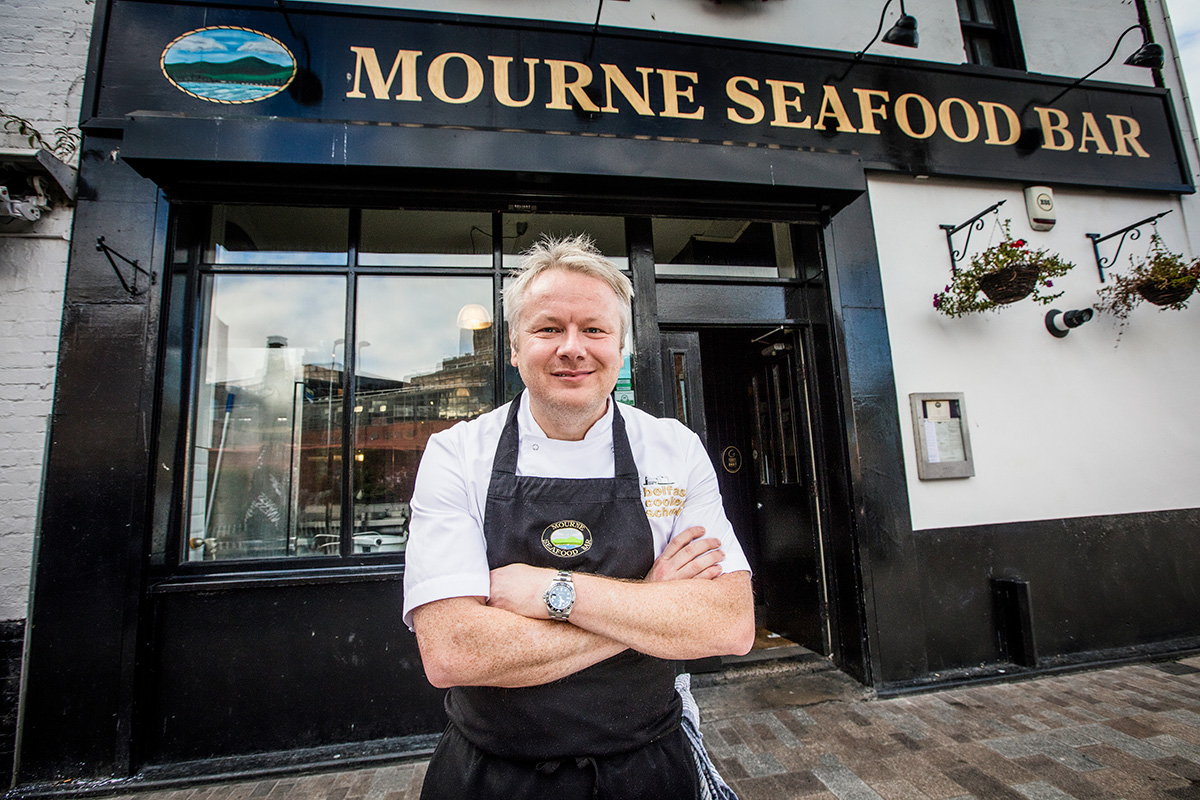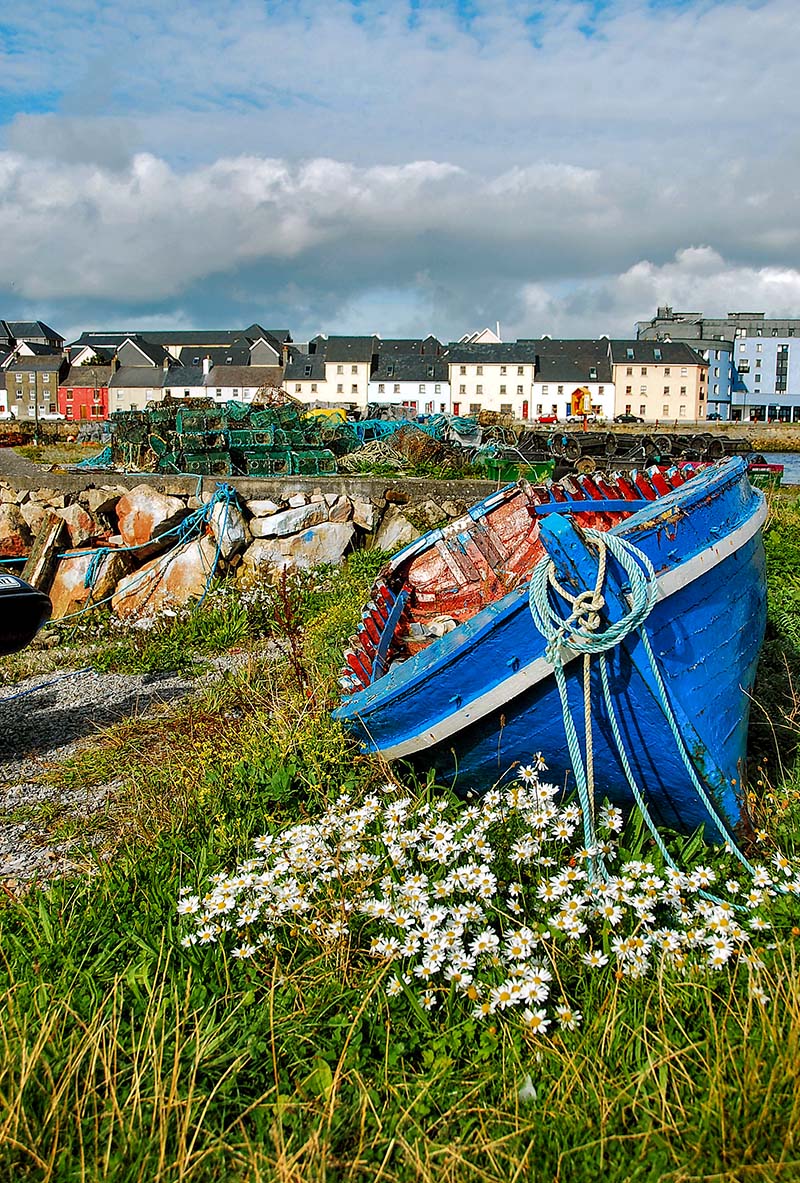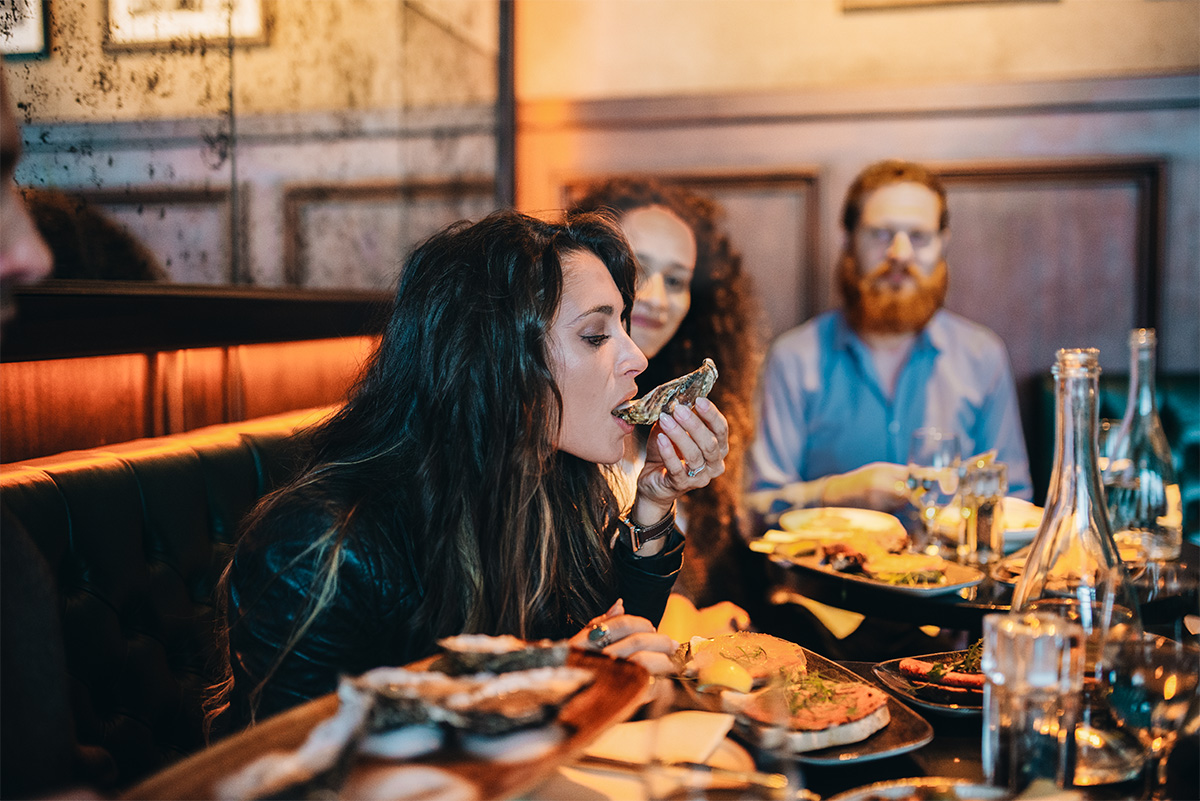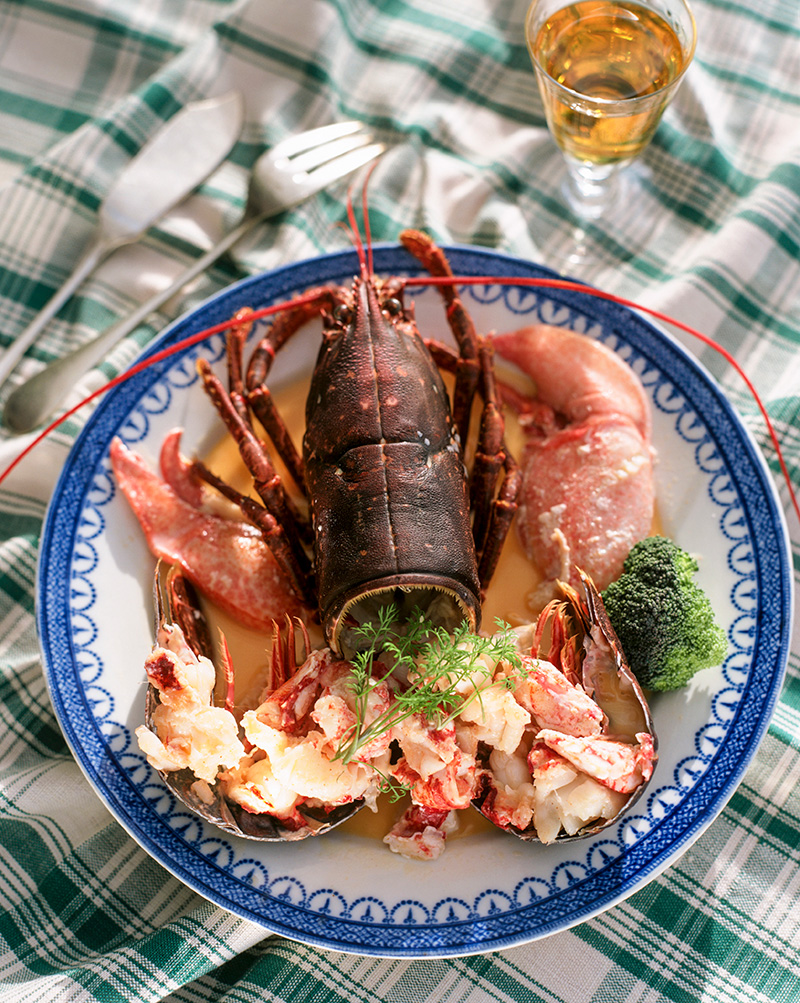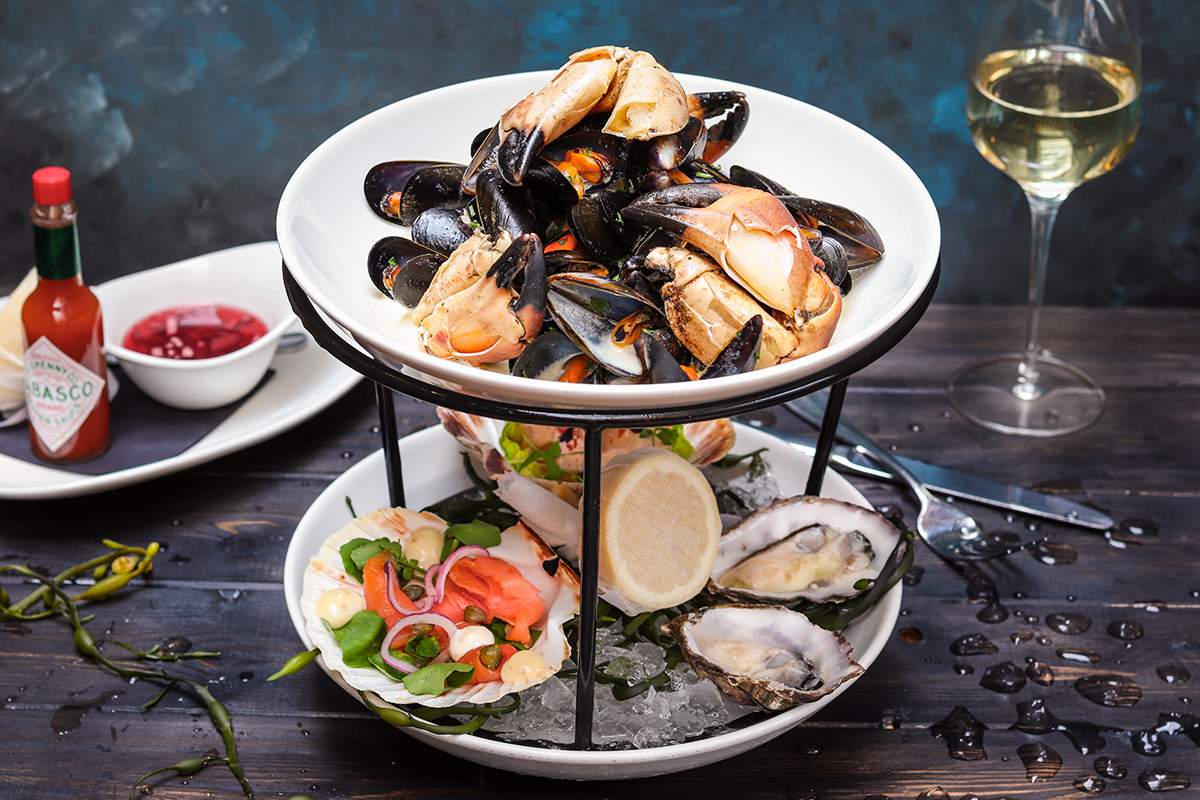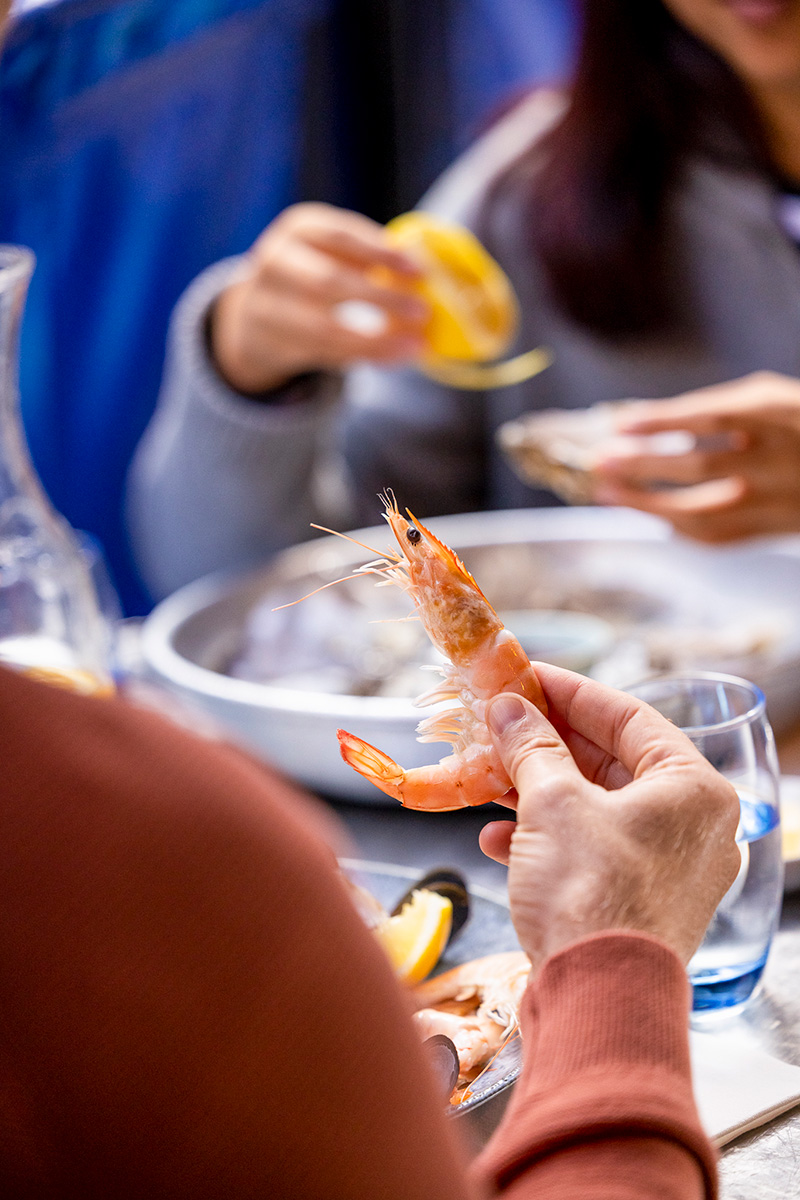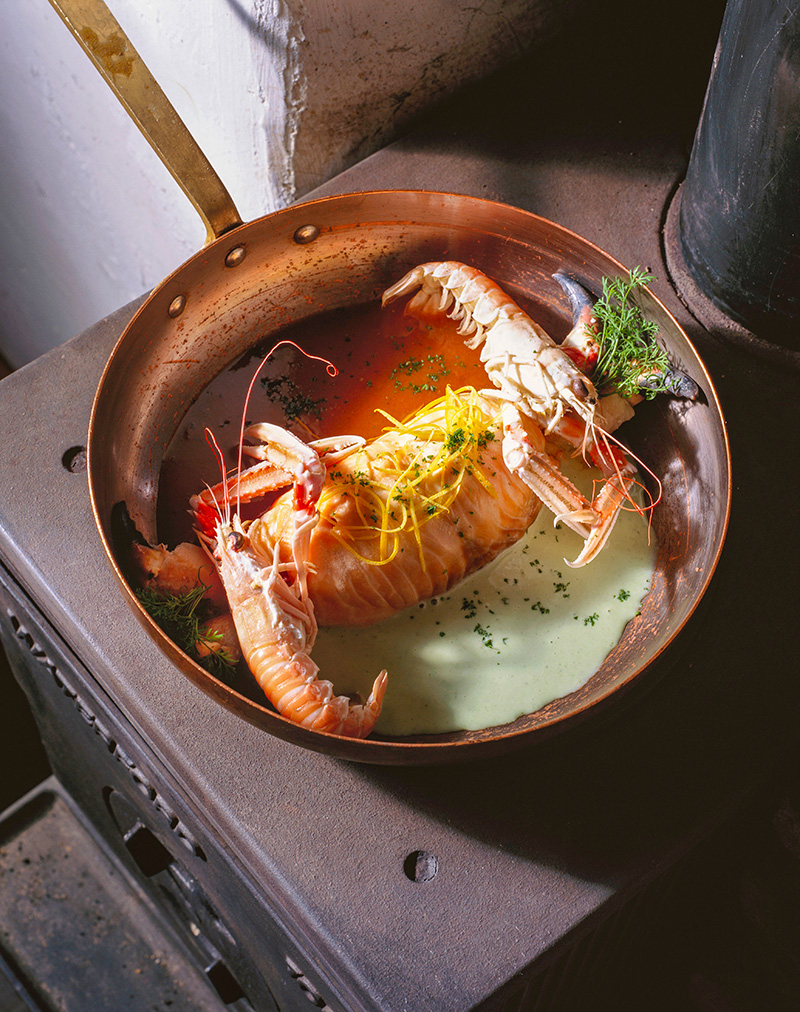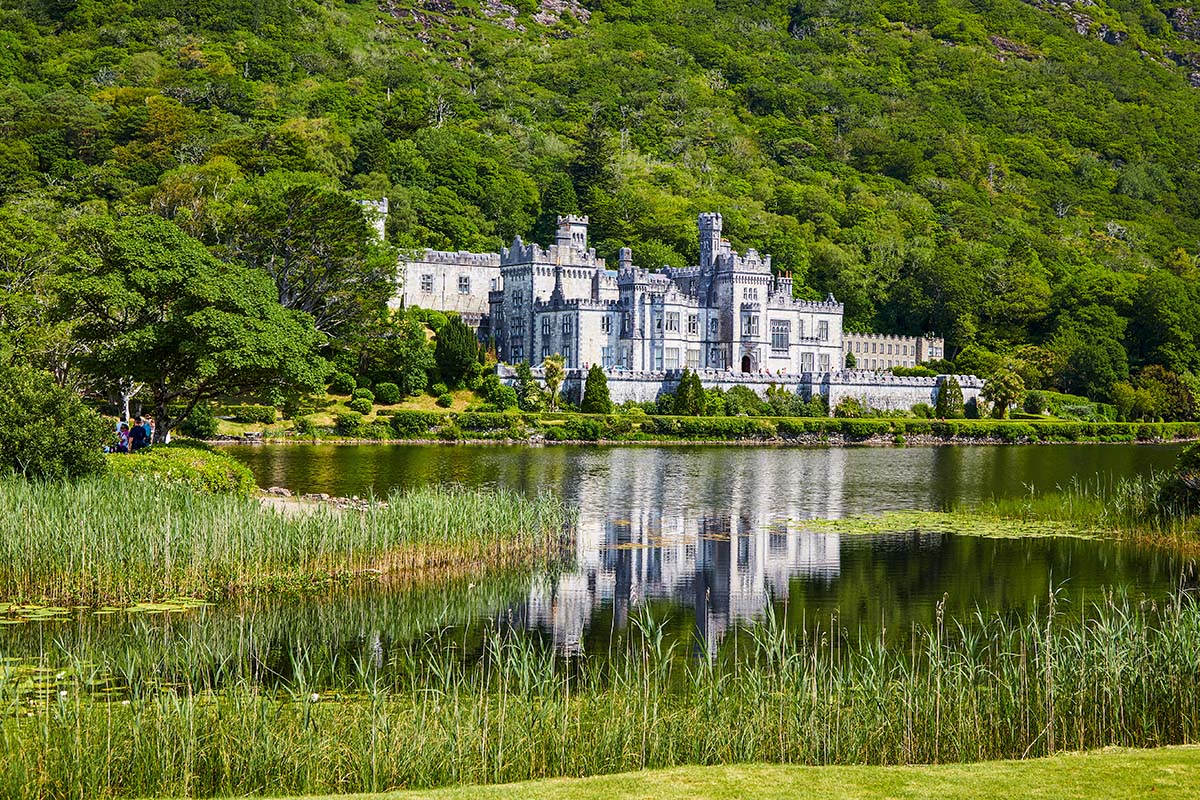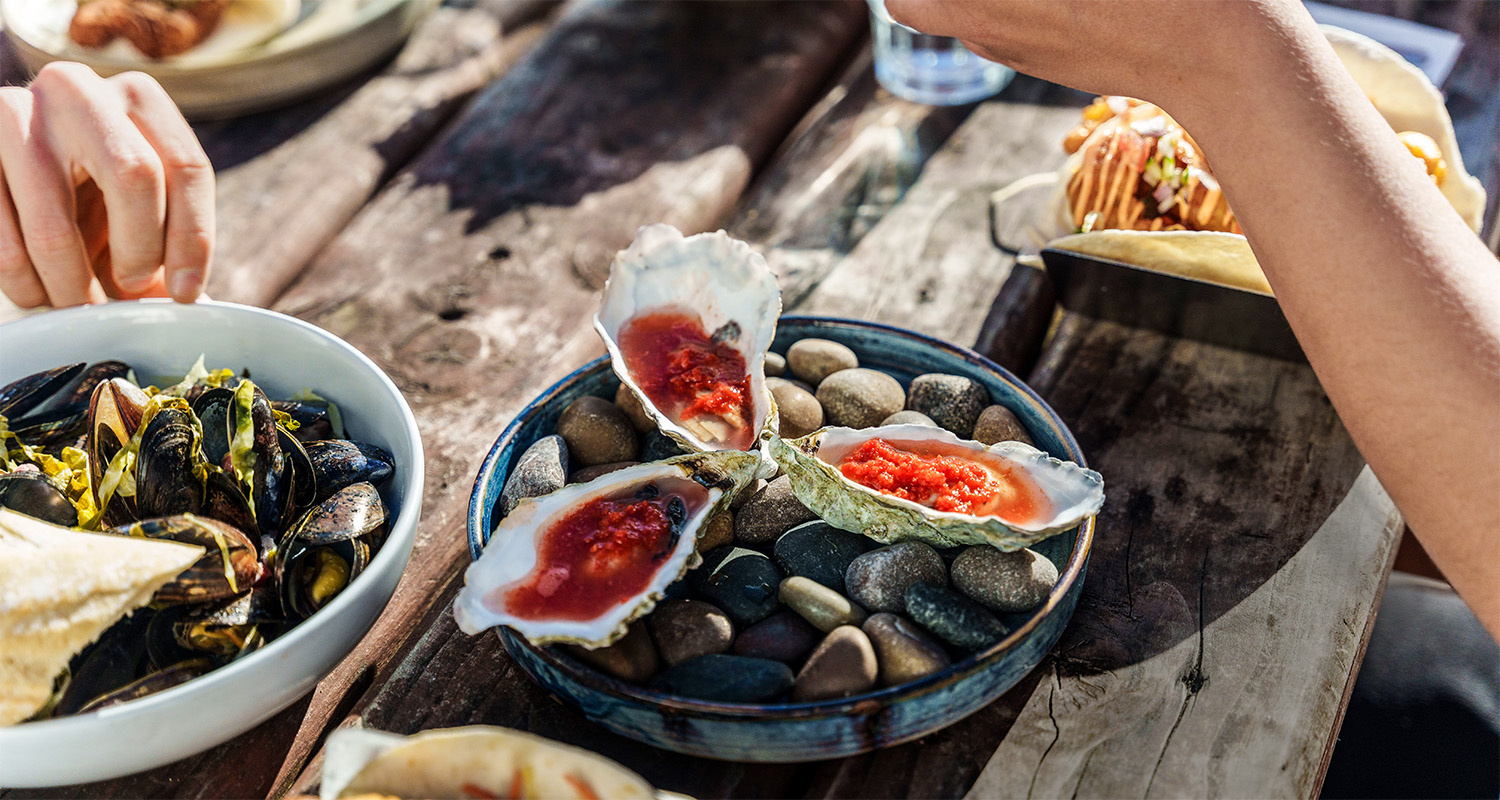
Seafood Paradise Ireland
When you think of Ireland and fish, first and foremost salmon comes to mind - but the Emerald Isle in the blue Atlantic offers a whole wealth of excellent fish and seafood that even the Irish are only just beginning to discover.
January 9, 2024
© StockFood
When Tony Davidson and Lina Reppert were on vacation in Downings on the north coast of Ireland a few years ago, they noticed that a small house with a sensational view of Sheephaven Bay stood empty next to the local pub. "We had long dreamed of opening a fish restaurant here in the village," says the chef, "so we asked the owner of the pub if he would rent us the cottage and he agreed." Irishman Davidson had previously lived and worked in Sweden, where he also met his Swedish partner - and so they named the restaurant Fisk, Swedish for fish.
© provided
However, it's not just the name that is unusual for Ireland, but the entire concept behind it. "An acquaintance who lives here asked us if we were crazy to open a restaurant that only serves fish and seafood," says Davidson, "because we Irish just aren't big fish eaters." Yet the deep blue waters off the coast are home to some of the best seafood in Europe.
Fish and chips versus fine lobster
© Getty Images
"We have everything your heart desires around here," says the restaurant owner happily, "all kinds of fish, fantastic crabs, unique oysters and scallops, and a few kilometers away is one of the best mussel farms on the island." However, the harvest has always been exported, primarily to seafood-loving countries such as Spain and France. For a long time, the Irish themselves were only satisfied with cod and pollack fillets for their beloved fish and chips. But that's changing right now.
© Tourism Ireland
It's only an hour's drive from Downings in the Republic of Ireland to Northern Ireland - and the situation is similar there. "Until a few years ago, all my lobsters went to France," says lobster fisherman Peter Boston, whose home port is the town of Portstewart, "but recently I've been finding more and more local customers."
These include Donal Doherty, who runs a very atmospheric restaurant called "Harry's Shack" on Portstewart's magnificent town beach. As befits a shack, everything here is very rustic. Wooden tables, no tablecloths and a kitchen where the freshness of the ingredients plays the main role. There are fish and chips, of course, but also grilled lobster, whole or half. It's served with nothing more than a crispy salad and chips; roughly cut, just as the Irish love them. The crispy deep-fried ear fish or steamed mussels also go wonderfully with the place.
Seafood as slow food
© StockFood / Frederic Vasseur
Just a seven-minute drive from Portstewart, in the village of Coleraine on the banks of the idyllic River Bann, Rebekah and Stevie McCarry run their recently opened restaurant Lir - Native Seafood & Scran. The two are actively involved in the local slow food group and only serve seasonal, local and sustainably caught fish. The vegetables also come from local farms and plastic is not used here at all. "We also try to use the whole fish," says Rebekah McCarry, "we make stocks from the cuts or process them into sausages or charcuterie."
© provided
Of course, this is all very laudable, but it wouldn't help if it didn't also taste good. However, the multi-course tasting menu (which changes daily depending on the catch and delivery) is completely convincing. Like the roasted monkfish medallions with miso glaze. Or the Caesar's salad with smoked mackerel and parmesan, in which cubes of deep-fried ling fish replace the bacon. If you can't get a table in the restaurant, you can always go to the adjoining fish shop, where snacks are also available in addition to fresh fish. Lobster rolls, for example, or the spicy bhaji (a kind of deep-fried Indian fritter) with squid; wonderfully fresh oysters from a nearby farm are also available here.
Farmers offer rare oysters
© Tourism Ireland
The oysters are so-called Pacific rock oysters, a species that originally comes from Japan. Since the 1960s, they've also been farmed in Europe, where they now account for almost 95 percent of total production. That doesn't leave much space for the European oyster. And yet there are several breeders further south around Galway who offer the rare and delicious European oyster (Ostrea edulis).
© StockFood
Michael Kelly is one of them. "My great-grandfather fished for oysters in this bay, where the salt water of the Atlantic mixes with the fresh water of the Clarinbridge and Kilcolgan rivers," he says as he opens an oyster. Its rounder and flatter shape alone distinguishes it from its commercial relative. Its taste is sweeter and nuttier than the latter and its texture is much crunchier. "The problem is that it's so good that many people don't want normal oysters afterwards," says Kelly, who markets both types.
© Getty Images
For dinner, we head to one of the seafood restaurants in nearby Galway. This is the capital of the Irish oyster. Every year in September, the Oyster & Seafood Festival takes place here, where people sing and dance and break open mountains of shellfish. The crowds prove that more and more Irish people are acquiring a taste for fish and seafood. Which is understandable, as, of course, it tastes best where it comes from.

This article appeared in the Falstaff TRAVEL issue Fall 2023.
